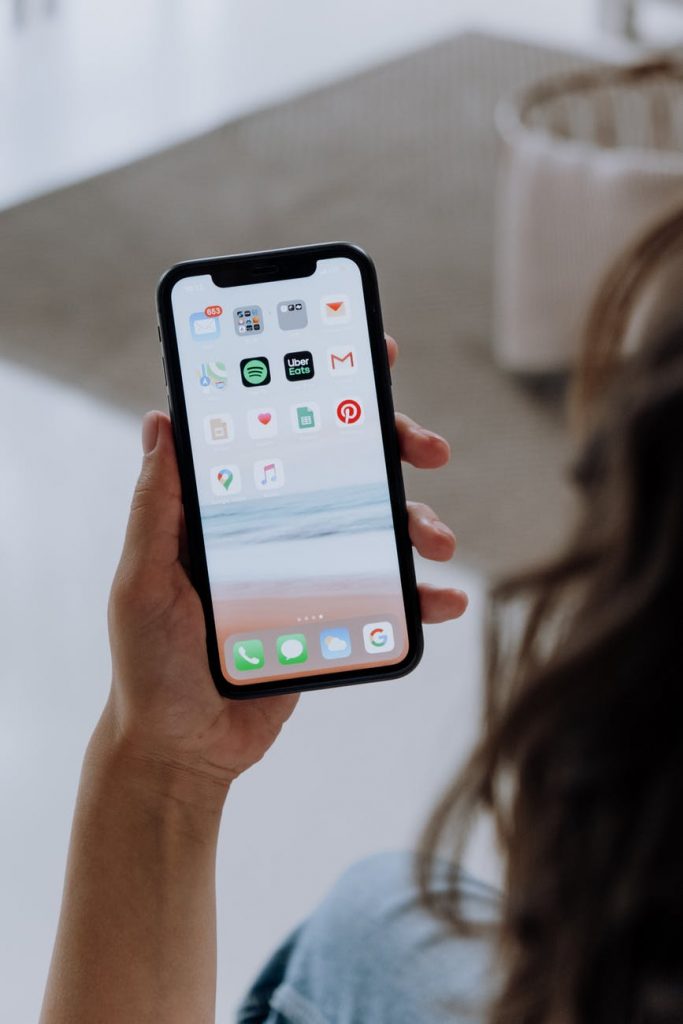
T for Technology – IoT
The Internet of Things (IoT) refers to a system of interrelated, internet-connected objects that can collect and transfer data over a wireless network without human intervention.
I am going to bring everyone up to speed with a definition: The Internet of Things (IoT) refers to a system of interrelated, internet-connected objects that can collect and transfer data over a wireless network without human intervention.
Objects in the above means Connected appliances, Smart home systems, Autonomous farming equipment, Wearable health monitors, Smart factory equipment etc. It is a lot like building a lot of Terminator robots, but then asking them to help you at work. You can almost imagine the Arnold Schwarzenegger sounding assistant saying: “Get to the meeting, NOW!”.
If we look at the application of IoT in manufacturing, it has been happening for years. The process of building a vehicle of any sorts has long been placed out of our (human) hands. Other industries it has found a place in is agriculture, healthcare, logistics and consumer electronics.
Personally, we have all been using IoT for years. Ever since the internet found its way onto our phones, we have had a little terminator glued to us permanently. Our phones interconnect with hundreds of other smart devices and sends data automatically between these systems. What we should try and focus on is how to use this to our advantage and what else we can connect to make life easier.

Smart Assistants:
Alexa, Siri and “OK Google” has been a feature in our lives for several years now. Automating our schedules, home appliances, security devices even wearables like watches and fitness trackers. All linked and talking to each other tracking routines and movements to make us as effective as humanly possible.
Bringing these devices into our working lives, we can automate the most mundane of task on a schedule to eliminate all the boring work. Most smart assistants offer a voice or text input form of communication which is easier for the user to make calendar entries, notes, calls and messages or emails by the method most convenient at the time. Habit changes need to be made to use the technology already available.
We can all agree that telling Siri to make appointments and task to remind you about is a lot easier and safer than loosing the lunch wrap paper you would have written it on.
Smart Appliances:
The focus on appliances is very much home driven but all the major manufactures are already building the latest ranges with smart capabilities in mind.
As an example, for the office, collecting time and attendance data for payroll administration is a thing of the past with an internet connected biometric reader. Data for clock times stored in an online database, ready for you to run the report when it comes to payday. Think of the time saved when deployed in retail stores or workshops across the country.
There are several examples of devices that can be deployed in even small businesses to eliminated wastages of time, products, and importantly valuable skills.

IFTTT. Looks like gibberish, right? It is a widely used platform that allows anyone to build logical commands for interconnected, cross platform devices, and applications. It stands for “If this then that”. Possibilities are endless for automation as it connects payment systems, delivery companies and transport providers like uber, storage platforms like Dropbox and OneDrive, Social media, and email accounts and so much more.
The platform is well thought out and easy enough for anyone to use. There is a free version that allows you to create three applications and with a subscription of only $3.99 a month, why not make life easier!
Visit their platform and subscribe to the free version to start playing. Click on the explore link in the menu to see some of the IFTTT apps that clever people have thought of, for some inspiration.
